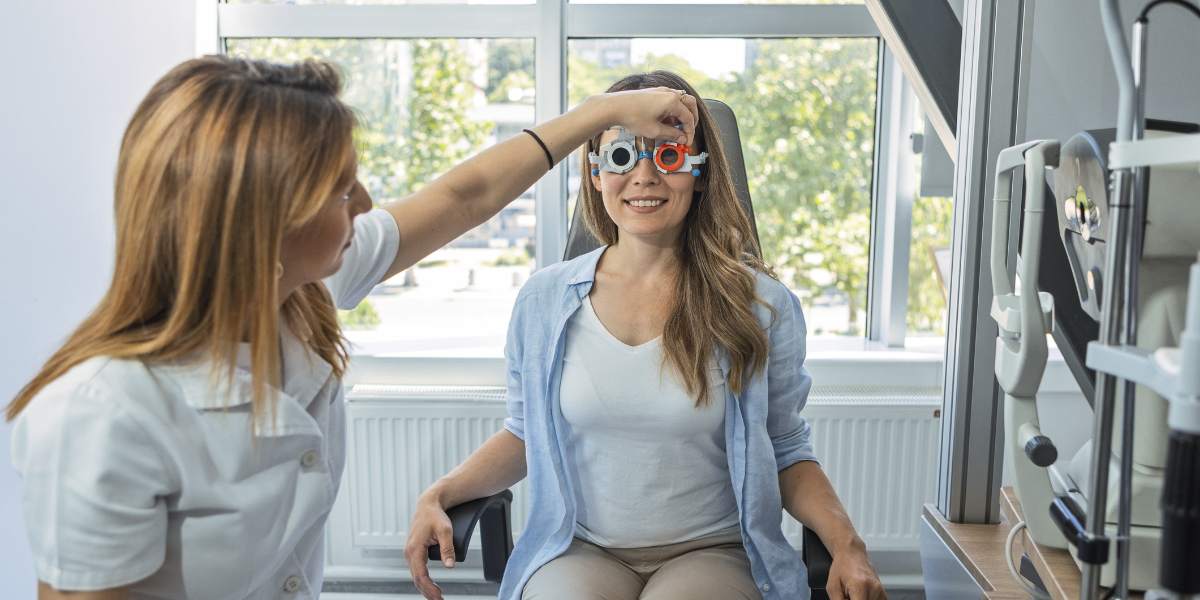Artificial eye tissue made from patient stem cells and 3D bioprinting will change the way we treat and understand age-related macular degeneration (AMD), new evidence identifies.
Scientists from the National Eye Institute (NEI) produced a range of cells to create the outer blood-retina barrier, which assists the light-sensing photoreceptors of the retina.
By doing this, researchers can further investigate degenerative retinal diseases due to the unlimited supply of patient-derived tissue.
- British male becomes first human to be given 3D-printed prosthetic eye
- Bespoke 3D insoles could significantly improve diabetes foot health
Chief author Dr Kapil Bharti said: “We know that AMD starts in the outer blood-retina barrier. However, mechanisms of AMD initiation and progression to advanced dry and wet stages remain poorly understood due to the lack of physiologically relevant human models.”
The outer blood-retinal barrier is formed by the retinal pigment epithelium (RPE) in collaboration with choroidal capillaries.
The barrier requires the coordinated action of the pumps and channels that mediate transcellular transport and the tight junctions that mediate diffusion across the paracellular space.
AMD is formed when lipoprotein deposits – known as drusen – appear outside the membrane, breaking down the RPE and triggering the development of vision loss and photoreceptor degeneration.
During the study, the team of academics mixed three immature choroidal cell types in a hydrogel – fibroblasts and pericytes and endothelial cells.
The gel was then printed onto a biodegradable scaffold, which took 42 days to fully mature into a dense capillary network.
They found that printed tissue operated in a similar way to the normal outer blood-retina barrier.
Dr Bharti noted: “By printing cells, we’re facilitating the exchange of cellular cues that are necessary for normal outer blood-retina barrier anatomy.
- Age-related macular degeneration strongly associated with serious forms of cardiovascular disease
- Significant link between eating disorders and risk of diabetic eye problems
“For example, presence of RPE cells induces gene expression changes in fibroblasts that contribute to the formation of Bruch’s membrane – something that was suggested many years ago but wasn’t proven until our model.”
Joint author Dr Marc Ferrer said: “Our collaborative efforts have resulted in very relevant retina tissue models of degenerative eye diseases.
“Such tissue models have many potential uses in translational applications, including therapeutics development.”
The study has been published in the journal Nature Methods.








